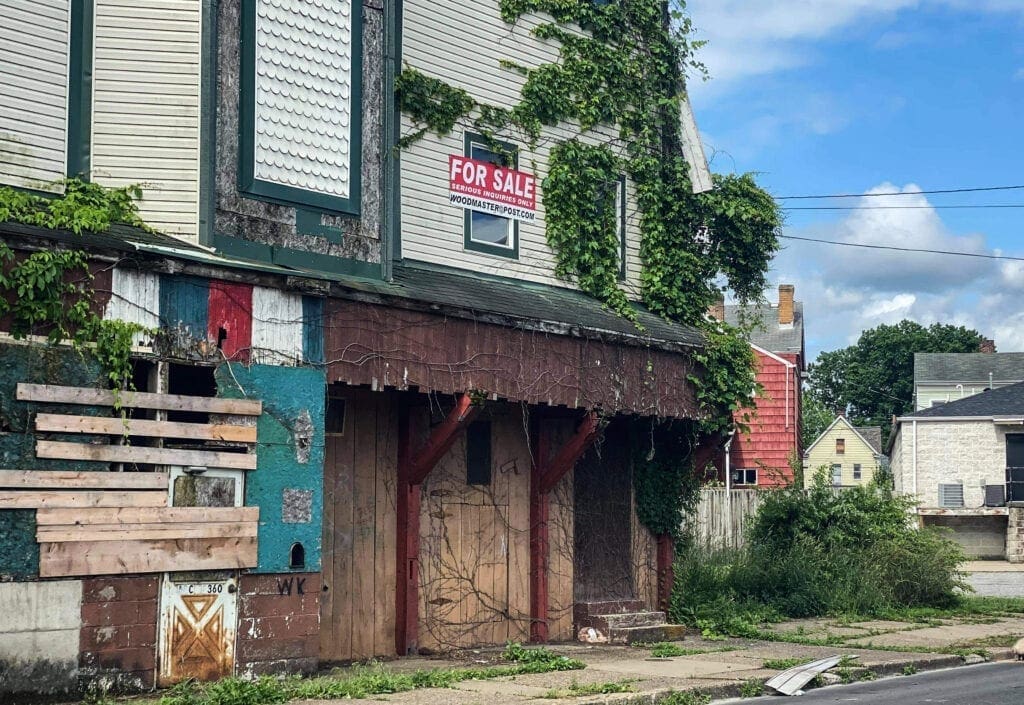Jobs. It’s the easy answer.
What reverses population decline?
Jobs. Right?
Yes, but Wheeling Ward 2 Councilman Ben Seidler believes employment is just one piece of the puzzle that needs put in place before the Friendly City can officially reverse the population decline that’s taken place over the past eight decades.
“Jobs are certainly an important factor in attracting and retaining residents, but jobs are not the only thing,” he insisted. “Things like the cost of living and the availability of nice and affordable housing is another important detail. We have a huge shortage of nice and affordable single-family rental properties available in the friendly city. The supply and demand issue on nice and affordable housing here has rent at an all-time high, and if we are just being honest, a lot of these available properties are not worth the money, causing people to look elsewhere.
“Crime and Drugs are also other issues. People want to be safe; they want to know that their houses are not going to be broken into and that they can walk down their streets, around the waterfront, and along our beautiful walking trails without being harassed or accosted,” Seidler said. “While this might not be an issue in all of our neighborhoods, it is an issue in my neighborhoods, and I just happen to represent the most beautiful neighborhoods in the city, in my opinion.”

Minus 1,424
There were just over 28,000 residents living in Wheeling in 2010, according to the U.S. Census Bureau, and the same agency reported the municipality possessed 27,062 in 2020. The decrease was listed as a 5 percent decline, but that is nearly half the amount from the two previous decades.
That was good news for city officials since Wheeling had lost nearly 25,000 taxpayers since 1980.
“I am happy to see that our population decline has slowed, but I am also very curious to see how we arrived at those numbers. In my neighborhoods of Ward 2, I still see a trend of some owner-occupied homes becoming rental properties as owners move out,” Seidler said. “I would like to see how much of that improvement we can attribute to the increase in our transient population of our temporary workforce versus permanent residents.”
Each of Wheeling’s six wards has dilapidated residential and/or commercial structures within their borders, and the city has funded a plethora of necessary demolitions in the past year in an effort to decrease the dangers and to increase property values for responsible homeowners. Seidler, in fact, instigated a week-long cleanup process on Wheeling Island that was successful in clearing tons of debris.
The work, however, is not yet complete.
“We need to keep the pedal down on our demolition process,” Seidler insisted. “I know some people don’t like to hear that, but the bottom line is that we have buildings that are the epitome of the word blight, that harbor rodents, squatters, and make our neighborhoods look bad.
“We either need folks to break out their checkbooks and make the investments, or we need to take them down and prepare them for redevelopment,” the councilman explained. “I would love to see the deeds get signed over to good neighbors who will make good use of the property and maintain it nicely.”

Much More than Downtown
Since 2015, Wheeling residents have heard about something called a “streetscape” project that would involve a partnership between the state Division of Highways and the City of Wheeling. Initially, the project was estimated to cost close to $10 million, but after further investigation the investment has increased to $25 million.
The two-year project includes new sidewalks, curbs, and ADA ramps, state-of-the-art signalization, and a different type of trees. The “streetscape” was expected to begin this year but has been pushed back to Spring 2022 so the municipality has the chance to complete a water main replacement along Main Street.
“I see a lot of good things on the horizon, such as the downtown beautification project, but we at the city-level need to all get on the same page that downtown is important, but there is more to our city,” Seidler said. “It is time to put our focus on all of our neighborhoods and the people that are already here.
“It is time to make our neighborhoods safe and clear out our drug houses,” he continued. “If we want our young people to stay here and/or return after college, we need to shift our focus on giving them a real reason to stay.”
It is about perspective, Seidler believes, and such an approach presents a to-do list for the city’s leadership.
“Think about it. What kind of rental housing could the 22-year-old version of you afford here in Wheeling? Where would the 22-year-old version of you hang out here in the friendly city? Where would the 22-year-old version of you go to work here after earning your college degree? We need all of those things in order to reverse our population issue,” the councilman said. “Fixing any one of them without having the others in place is a non-starter.”


